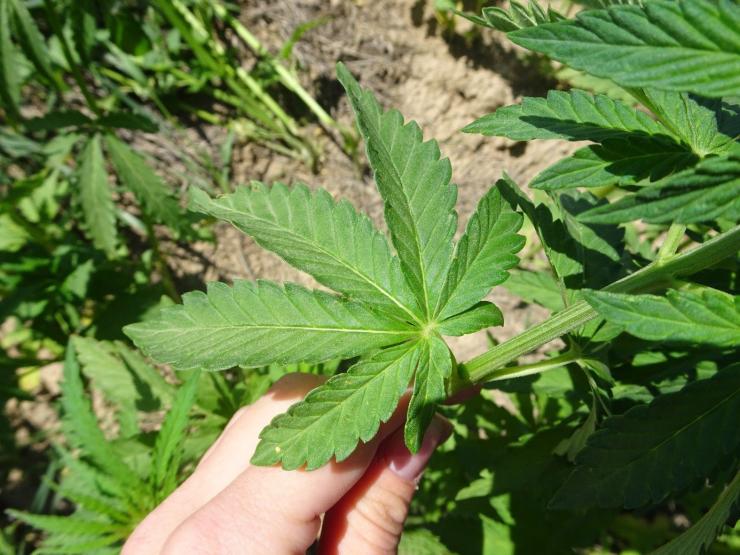 © Clara Beier
© Clara Beier
 © Clara Beier
© Clara Beier
KASHEMP makes an economic impact on the ground
Since January 2019, German, Kazakh and Kyrgyz partners have been working together in the KASHEMP project to develop a process for obtaining textile hemp fibres that can be processed on cotton spinning machines. The aim: to develop a sustainable, site-adapted raw material alternative to enormously water-intensive cotton fibres. The deep-rooted textile hemp manages to penetrate even highly compacted soil with its root system and thus access groundwater reserves that are inaccessible to most plants. This makes it suitable for the vast expanses of Central Asia that have semi-arid to arid climatesm where water shortages limit agricultural activities. As the climate change is highly likely to continue decreating water availability in the coming years, new approaches to land use are needed.

The project's main aim is to establish a production process in the region that is adapted to local conditions, as a way to maintain added value in the regional textile industry. The successes that have been achieved in this respect to date are already clear to see in the developments on site. While the project started with pilot sites in the southern Kazakh regions of Almaty and Shymkent, cultivation has now expanded to several areas in the north of the country. There are also concrete plans for expand to further areas before long.
But it's not only the area under cultivation that has increased; there have also been continuous additions to the targeted product range. While the focus was initially on textiles made using widespread cotton technologies, other possible fields of application have now emerged. For example, materials for the construction industry and the automotive/lightweight construction sectors.

Moreover, the project's climate-friendly sustainable land-use strategy, combined with the range of lucrative options for developing textile hemp, have made increasing numbers of Central Asian entrepreneurs aware of the benefits of developing textile hemp as a crop.
The KASHEMP joint project shows how important it is to maintain cross-border cooperation to promote new, long-term developments that do justice to issues of the ecological sustainability in international business, as well as the economic and social goals of our time.
